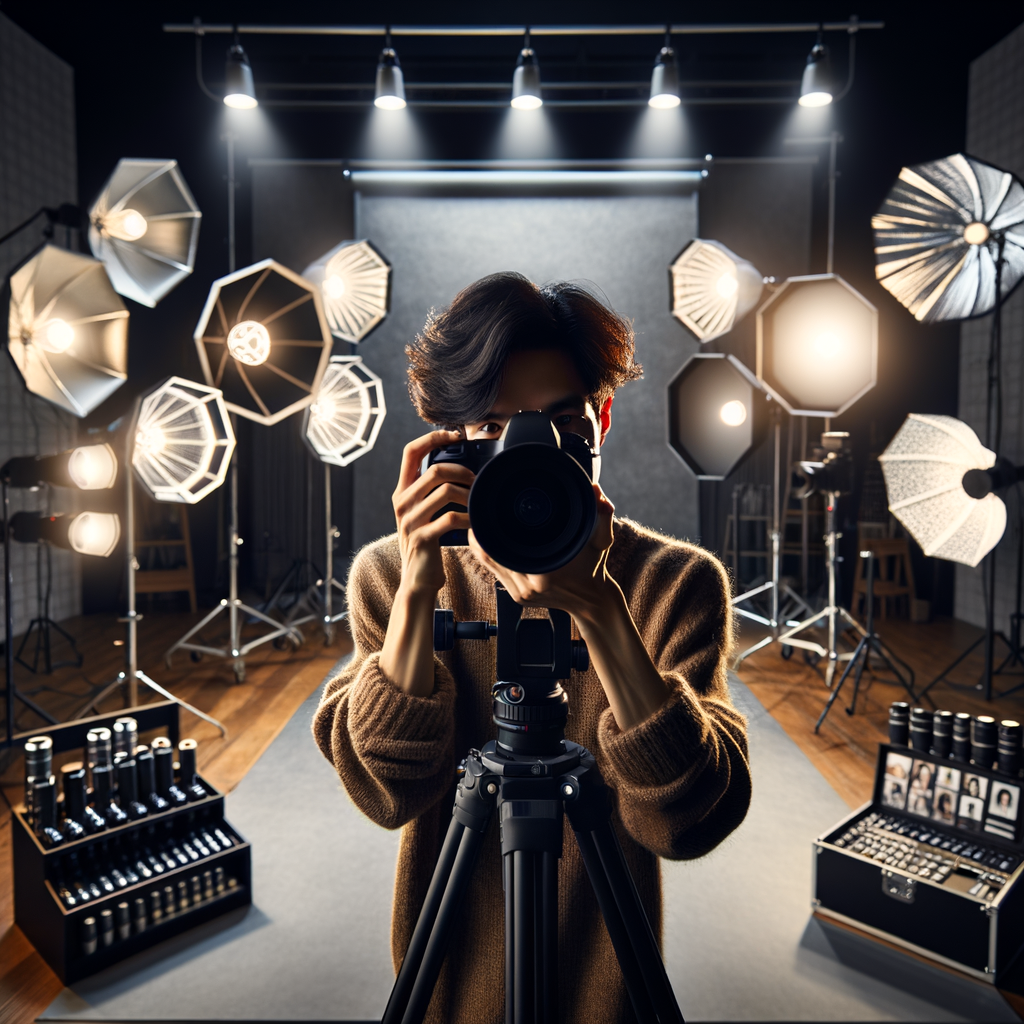
Studio photography is a distinct genre that combines technical skill with artistic expression. This article will serve as your guide to the world of studio photography, exploring all aspects from equipment selection to creating perfect lighting.
Studio photography is one of the most popular genres in photography due to its ability to control every element of the shot. In this article, we will explore how to properly set up a studio, what tools to use, and how to turn ideas into stunning images.
Equipment Selection
The first thing you need to do is select the right equipment. Here are the key elements to focus on:
- Camera: It is important to have a good digital SLR or mirrorless camera with interchangeable lenses.
- Lenses: Standard focal length lenses (e.g., 24-70mm) are optimal for portrait shooting, while macro lenses are great for detailed shots.
- LEDs and Flash: For studio lighting, it is recommended to use continuous lights or flashes that will provide the necessary illumination for your work.
- Backdrops: The choice of backdrop matters – it can be a solid fabric, paper, or even textured backgrounds.
- Light Modifiers: Using softboxes, umbrellas, and reflectors will help achieve the desired light quality.
Setting Up the Studio
Creating the studio space is an art. Here are several steps to set up your studio:
- Choose a suitable location: The studio should be spacious enough and shielded from outside light.
- Position the light sources: Place them in such a way as to achieve the desired lighting effect.
- Experiment with backgrounds: Combining various backdrops can significantly diversify your shots.
- Create a comfortable atmosphere: Ensure that the client feels relaxed, which will improve the results of the shoot.
Lighting Techniques
Using light is the foundation of studio photography. Let's look at the main light sources:
- Main Light: This is the primary light source that creates the overall mood.
- Fill Light: Used to reduce shadows and balance the light.
- Back Light: This additional light source highlights the subject against the background.
By experimenting with these sources, you can achieve a unique photography style.
Post-processing Images
After finishing the photo session, the post-processing begins. Here are some editing tips:
- Use editing software like Adobe Lightroom or Photoshop.
- Learn basic techniques: exposure correction, color grading, and retouching.
- Don't be afraid to apply creative filters and effects, but be careful not to overdo it.
With these tips, you can transform your shots into works of art.
Conclusion
Studio photography is an amazing world full of creative opportunities. As a novice or experienced photographer, you can use these techniques and tips to enhance your craft and create impressive images. Remember, practice is the key to improvement!


